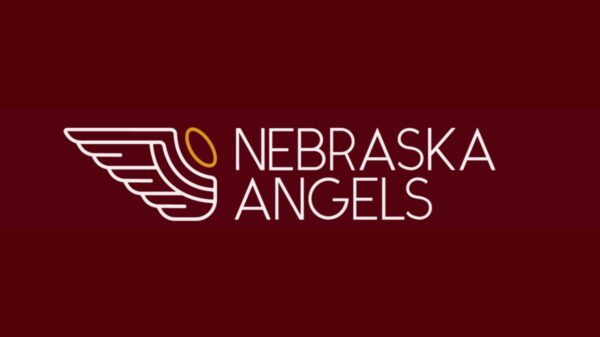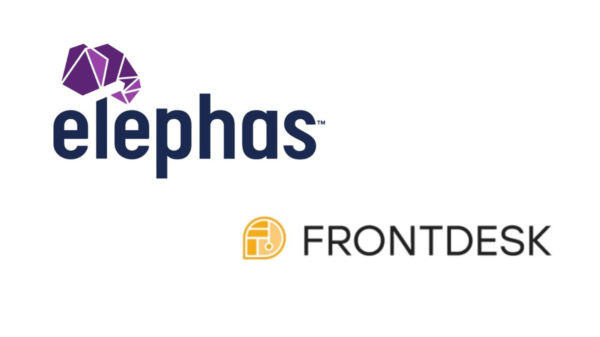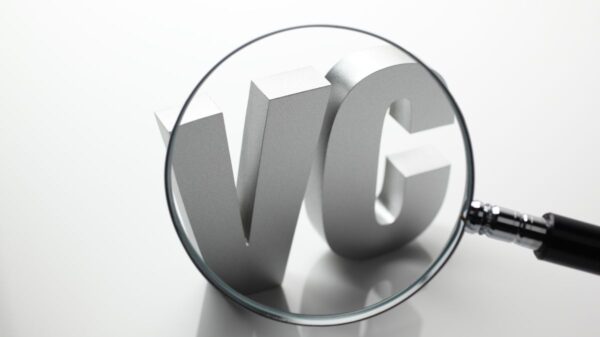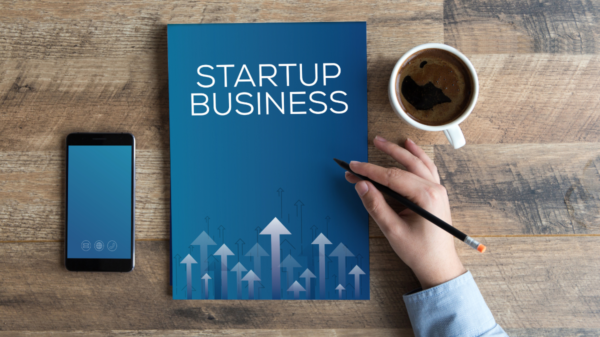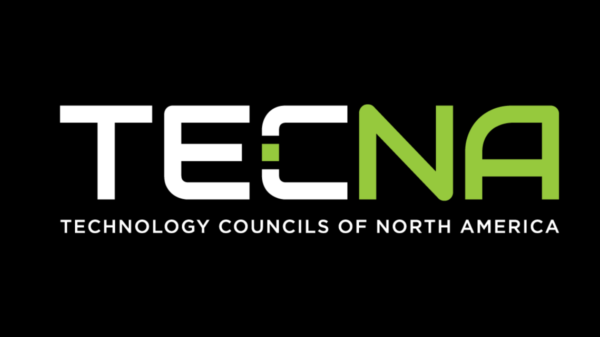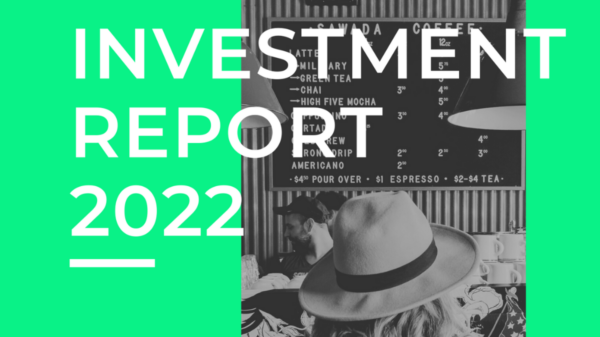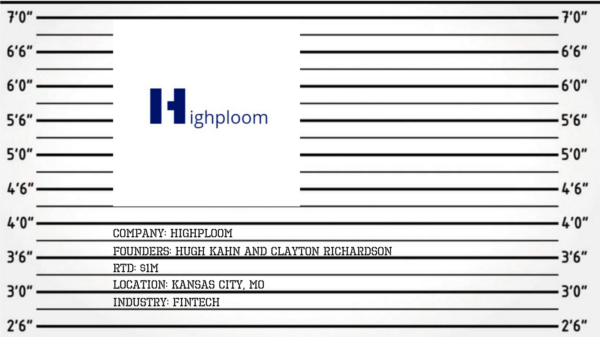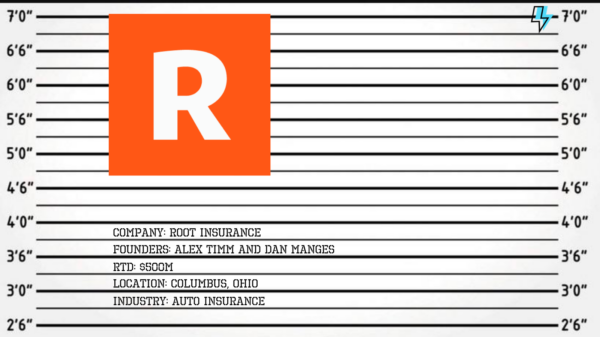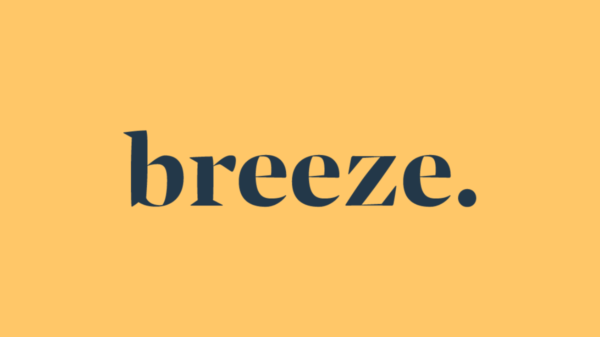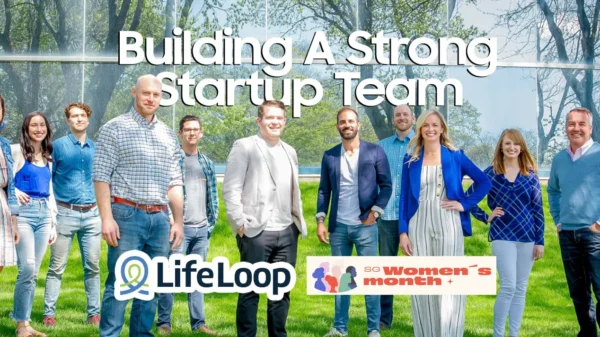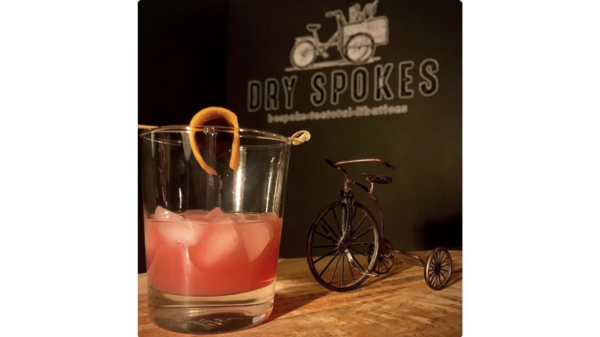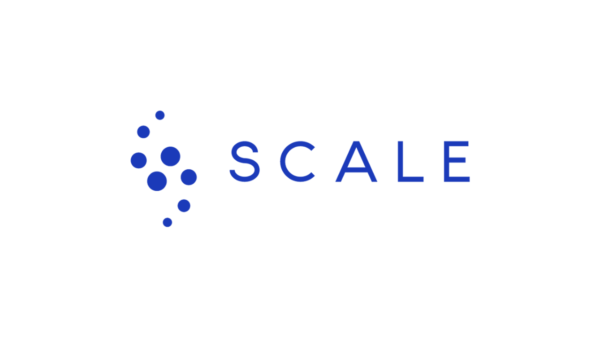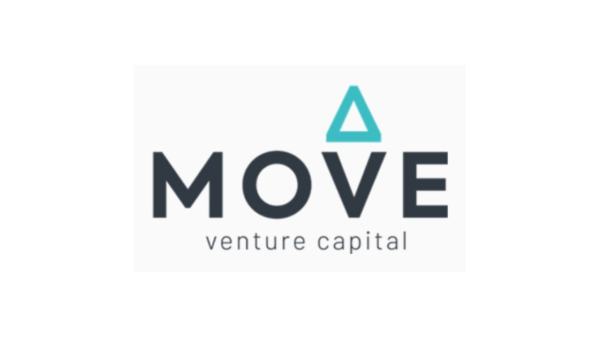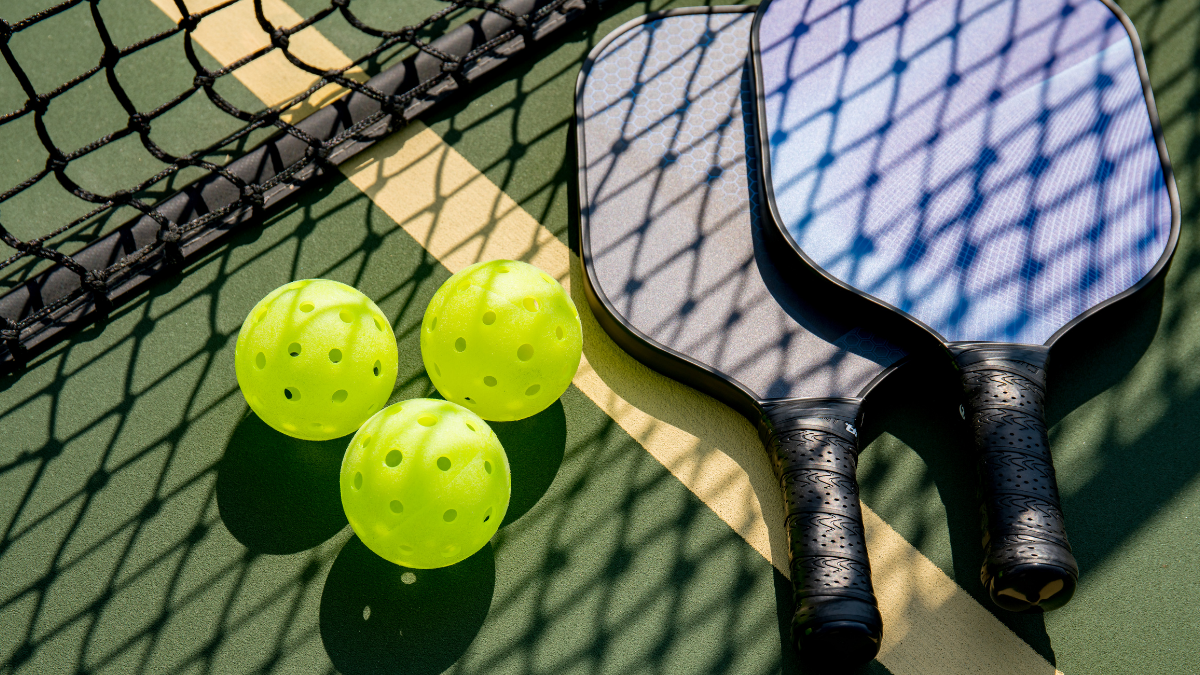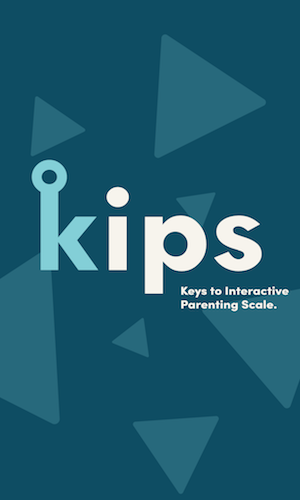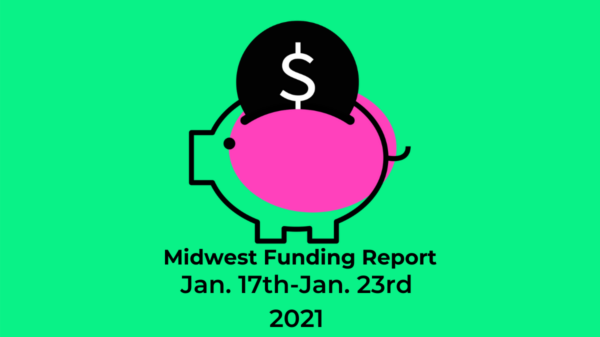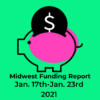14-year old global pickleball star, Anna Leigh Waters, was up 2-0 in a 3-game set against retired NFL star, Larry Fitzgerald, when he was given a 9-0 handicap before the last game. 9 serving 0, Anna effortlessly returns Larry’s serve before approaching the net and smashing a volley past her opponent to win back the serve. This was the first of 11 consecutive points that Anna would score to beat Larry, three-nil. With 14-year old stars beating professional athletes, it’s no surprise that Pickleball is America’s fastest growing and most interesting sport.
The Sports & Fitness Industry Association reported there were 4.8 million pickleball players in America in 2021. That represents 860% growth of “picklers,” or players of the sport, since 2016. To put that in context, there are fewer than 500,000 ice hockey players and 830,000 lacrosse players in the U.S.
When asked why pickleball is taking off, David Johnson, co-founder of Pickleball Central said, “Pickleball is an accessible sport…it’s one that is intergenerational, so 10-year old kids can be playing with their grandpa.”
Players like Anna Waters, that is those between the ages of 6 and 17, make up 20.1% of players; 27.8% are 18-35, 21.1% are 35-54, 12.6% are 55-64, and 18.4% are 65 or older. Perhaps more so than any other sport, pickleball boasts a wide range of ages in its professionals. At 14, Anna Waters is ranked second in the Professional Pickleball Association for women’s singles, while Doris Castaneda is the oldest professional to compete in the USA Pickleball Championships at 91.
WHAT IS PICKLEBALL
Pickleball got its start in 1965 when it was invented by three men on Bainbridge Island, WA. Bill Bell, Barney McCallum, and Washington State Congressman, Joel Pritchard, were with their families one weekend and adapted a badminton court with ping pong paddles, a ball, and combined the rules of table tennis, badminton, and tennis. It started as a game that was meant to keep the kids busy for a weekend.
The game is played on a 20’ x 44’ court with a 36” net. There is a no-volley zone, called the kitchen, that extends 7 feet on both sides of the net where players are not allowed to hit the ball before it touches the ground. Players must use a smooth-surface paddle with a length + width that does not exceed 24 inches. The ball must have between 26 and 40 circular holes, be 2.87 inches in diameter, between 21.1 and 26.5 grams, and bounce between 30 and 34 inches when dropped from 78 inches. Detailed rules and specifications can be found at on USA Pickleball’s website.
GROWTH OF THE SPORT AND INDUSTRY
The game started catching on in Seattle when Joel Pritchard started hosting matches at political and fundraising events as he campaigned for Congress. In an interview with Barney and his son, David McCallum, David shared that they created the company to get pickleball equipment out to the public and ‘handle the money.’ In 1972 the first corporation, Pickle-Ball Inc., was formed. The company and sport gained national attention when The National Observer wrote a full-page article, “If It’s Green, It Must Be Pickle Ball.” A week after the article ran, the company started getting envelopes with $29.50 inside of them, the price of the Pickleball Starter Kit, which came with four paddles, four balls, and a net.
The sport’s growth in a time without internet and phones speaks to a strong grassroots movement. Once it was evident people were craving more Pickleball, Pickle-Ball Inc. focused on national growth by attending trade shows for schools, parks & recreation, and campsites. Title IX was implemented during the 1970s to improve gender equality in academics and athletics, and Pickleball was eagerly adopted in P.E. classes around the country. It’s a sport that both boys and girls were having fun competing together. This article was followed by another in 1976 in Tennis Magazine, titled “America’s Newest Racquet Sport.”
The 1980s saw the rise of one of the most influential people in Pickleball, Sid Williams. Sid began playing and organizing tournaments in Washington in 1982 and was a major contributor to growing the sport. In 1984, Sid became the first President and Executive Director of the United States Amateur Pickleball Association (USAPA), which was created to advance Pickleball throughout the country. At the same time, significant changes in Pickleball technology were made when USAPA reconstructed the netting system to be sturdier and the composite paddle was invented.
An industrial engineer for Boeing, Arlen Paranato got creative when he bought surplus composite board material from Boeing that is typically used to make the floors of their airplanes. From this material, the first composite paddle was created in 1987, growing the industry’s commercial potential and attracting more attention for the sport. By 1990, pickleball was being played in all 50 states. The 90s ushered in more pickleball companies and more courts. In 1999, Pickleball Stuff became the first website in the industry, launching the sport into cyberspace.
Back IRL, Earl Hill created the Ambassador Program within the USAPA in the early 2000s. This was most likely the most impactful program for the growth of the sport. To this day, the program empowers pickleball enthusiasts to grow the game in their community by assisting with tournaments and introducing the sport to new players. The power of the ambassador program comes from a combination of trust and breadth. By leaning into trusted community members, USAPA was able to leverage their volunteer network across the country and significantly grow their bandwidth.
In 2005, USAPA reorganized as a 501(c)3 non-profit organization. The change brought together a board of national advocates that created better structure for tournaments, the ambassador program, grant programs, professional organizations, and educational outreach. One of the most used resources is places2play.org, which shows where you can find pickleball courts to play on anywhere in North America.
The sport has its sights set on the Olympics. In 2010, the United States, Canada, Spain, and India founded the International Federation of Pickleball (IFP) to take the game to a global audience. From 2010 to 2021, the IFP grew to 31 countries. In 2021 alone, 30 more countries joined, totaling 61 countries. According to Britannica, “The Olympic Charter indicates that in order to be accepted, a sport must be widely practiced by men in at least 75 countries and on four continents and by women in no fewer than 40 countries and on three continents.” Perhaps we will see pickleball in the 2028 Summer Olympics.
At this point, pickleball courts can be found in most cities, there are several ecommerce stores, and tournament prizes are in the tens of thousands of dollars in the early 2010s. USAPA membership grew 1,200% from 4,071 members in 2013 to over 53,000 in 2021.
PANDEMIC // PICKLEDEMIC
Fast forward to the past few years during the Covid-19 pandemic, and the sport has exploded for a number of reasons. An Economist article in 2021 declared Pickleball as the “fastest growing sport in America” due to a two-year growth rate of 39.3% in 2021 for player participation. It’s one of the few sports that allowed for social distancing between competitors, and you could set it up in your driveway or the street. With just a wiffleball, a paddle, and a small net, you’ve got yourself a full setup. For $100, you have several options to buy a driveway pickleball setups from Amazon.
The 2021 Margaritaville USA Pickleball Championships brought together 2,200 players to compete for over $90,000 in prizes. The Professional Pickleball Association (PPA) offered a cash payout of $150,000 in the 2020 PPA Championship. There are dozens of tournaments around the country that offer prize money in excess of $20,000.
THE BUSINESS OF PICKLEBALL
Participation and prize money aren’t the only things growing. In an interview with Pickleball Central co-founder David Johnson, he said his company has seen growth between 20%-50% for the last 16 years, including a 60% growth rate so far in 2022. Pickleball Central serves over 300,000 customers around the world and is soon moving into a 68,000 square foot facility near Seattle, from their current 18,000 square foot facility in Kent, WA.
David spoke about the early days where Pickleball Central started at his kitchen table with his wife, Anna Copley. “I got into Pickleball 16 years ago when my wife’s parents were playing and she wanted to get a gift for them, and we looked online and were having a hard time finding anything…So, we hired a graphic designer, started with t-shirts and grew into equipment.” This was the start of Pickleball Central in 2006.
Pickleball Central acquired the original Pickleball company, Pickle-Ball Inc., in 2016, and Pickleballtournaments.com in 2018. Pickleball Tournaments is the industry-leading software provider for tournament management and has 40 employees. This strategic buy made Pickleball Central an attractive target for private equity buyers.
Pitchbook.com reports Pickleball Central as having 70 employees and $25 million in revenue for 2021. In December of 2021, the company announced a majority investment from venture capital firm, Dundon Capital Partners LLC (DCP). Tom Dundon, chair of DCP and a Dallas-based billionaire, brings more than just capital. Dundon made his fortune in automobile finances but is an expert in the sports industry as the sole owner of the NHL Carolina Hurricanes, early investor in Top Golf, and ex-chairman of the Alliance of American Football (AAF). While Dundon’s investment in Top Golf likely paid off handsomely, he’s learned some hard lessons from the AAF investment when he folded the league just months after purchasing a controlling share of the league and committing $250 million and investing $70 million.
Just days after Dundon purchased Pickleball Central and Pickleball Tournaments, he also bought a controlling share in the PPA in January of 2022. Within the span of about a week, Dundon purchased the industry’s leading ecommerce company, the leading tournament software company, and one of the two main pickleball tours.
BATTLE OF THE TOURS
There are two main professional pickleball tours, the Association of Pickleball Professionals (APP) and the Professional Pickleball Association (PPA). Both offer tournaments and cash prizes, but only the APP is sanctioned by USA Pickleball. This means that players must be a member of USA Pickleball to compete in APP tournaments and their ranking points are affected by the results. Rankings are determined by USA Pickleball Tournament Player Ratings (UTPR), which is a complicated ratings system.
While the APP has partnered with USA Pickleball to become the sanctioned tour, PPA seems to have the upper hand in capitalizing on the success of the sport. The PPA has 19 tournaments on the calendar for 2022 with a collective prize pool of over $3,000,000, boasting more sponsors. The APP is hosting 32 tournaments with a total purse of $2,000,000 in 2022.
Very recently, a third tour has shown up to the court. In September of 2021, Major League Pickleball (MLP) entered the scene when launched by investor and serial entrepreneur, Steve Kuhn. They are taking a fresh angle on Pickleball by creating a team-based league with owners, a draft, a season, and they offer players equity in the league. MLP brings a star-studded roster from the worlds of investing, entrepreneurship, and sports alike. Mellie Price, co-founder of Austin’s Capital Factory, is leading operations alongside the MLP commissioner, Jenny Klitch, a former professional tennis player. There are eight teams in the MLP, owned by the likes of tech tycoons Tim Berry and Navdeep Sooch, tennis star James Blake, and Milwaukee Buck’s co-owner, Marc Lasry. This gave PPA and the APP plenty to think about.
Back at PPA, Dundon immediately got to work on securing exclusive partnerships with brands and contracts with players to gain the edge on MLP and APP. On January 8, a few months after MLP’s announcement about being a team-based league, PPA announced they will also be offering team-based events in 2022. Additionally, they are leveraging lucrative sponsorships like those with Baird, Hertz, Fila, Pickleball Central, and Select Medical, to extend 22, one-year contracts with top players to exclusive, three-year contracts that prohibit players from participating in MLP or APP tournaments. Previously, PPA players were welcome to play in any MLP tournaments, but that may not continue. PicklePod, a popular podcast that covers the sport, reported that talks between MLP and PPA failed, according to sources from both sides present in the meeting. “The PPA and the MLP have gone from amicable partners working in harmony, to basically competitors overnight,” says Thomas Shields, founder of The Dink and host of PicklePod.
This move prompted players to withdraw from the 2022 APP Masters Tournament that were already registered, including tournament host, Steve Deakin, who was one of those to sign a new contract with PPA. PPA hopes to continue signing on more pro players and top talent as newcomers climb the ladder.
The same day, MLP and the APP announced a strategic partnership, presumably in direct response to PPA’s mic drop regarding exclusive contracts with players and the purchase of Pickleball Central. This leaves the APP and MLP in a precarious position as PPA gobbles up top talent and realizes synergies across the value chain with its sister companies.
How the league feud shakes out in the coming months can define the trajectory of Pickleball for years to come. As the sport develops on a global stage, it is extremely important for the leagues to acquire players, especially if exclusivity contracts are being signed. Wherever the top athletes end up going, most of the crowd will likely follow, including newcomers to the sport.
The momentum looks to be on PPA’s side now. With the athletes they have on board already, large sponsors, the most prize money out of the leagues, and a billionaire with a troth of capital, it will be hard for MLP and APP to offer competitive deals to players. PPA has the chance to win the hearts of the players, while crushing competition with these contracts. It enables them to limit the talent pipeline for APP and MLP, and PPA can collectively negotiate on behalf of the players in sponsorship arrangements, external tournaments, and media deals.
While competition is healthy, one league coming out on top could be great for the sport. Currently, the APP, PPA, and MLP all compete with different rules for the game, and some are major. Standardizing the rules will help newcomers to the sport and encourage its growth and adoption across the world.
Regardless of how things turn out with the leagues, it’s clear that Pickleball is here to stay in America and will continue to spread throughout the world. With the rapid growth of Pickleball and the industry, venture capital stepping on the court, and A-list celebrities getting involved, it’s no wonder why pickleball is such a big dill.

